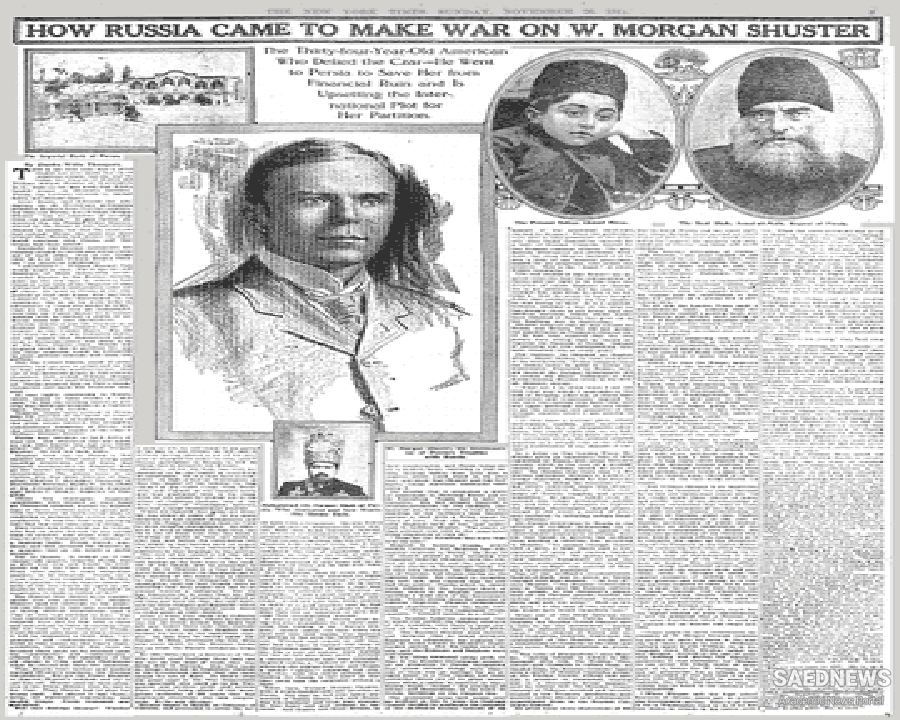In an effort to reestablish the central government’s authority, the Second Majles set up the Government Gendarmerie in 1912. The Gendarmerie was envisioned by reformers in the legislature to be the efficient military force that Iran desperately needed to impose order, collect taxes, and safeguard internal trade to reduce the justification for foreign interference. It became the main focus of the Iranian constitutionalists’ efforts to arm their country because regular army infantry units were beyond easy redemption and the Persian Cossack Brigade was seen as unreliable and antidemocratic. During the tumultuous years between 1914 and 1921, the Gendarmerie picked up this mantle to become a principal component of a democratic and nationalist state- building effort.
After the Russians compelled the Iranian government to dismiss the Shuster Mission and disband the Treasury Gendarmerie, its Iranian officers became the core cadre for the new Gendarmerie, bringing with them their prodemocracy, nationalist, and anti- Russian sentiments. Twenty Swedish offi cers were hired to serve as the primary commanders and trainers. The Gendarmerie’s other leadership and staff billets were fi lled by the former Treasury Gendarmerie offi cers, regular army officers who had trained at Ott oman and European schools, and officers from the Gendarmerie’s own training schools. Following the practice established by Shuster, the Gendarmerie recruited offi cers from families with high social standing or from families of high- ranking military officers.
As a result, most Gendarmerie officers were generally well educated and came from Tehran and Tabriz. Although much experience was gained on the job, training was not ignored, and schools for officers and NCOs and a training system for enlisted men were established by the Swedish offi cers and their Majles supporters. The 1,100 enlisted men of Shuster’s Treasury Gendarmerie also were folded into the Government Gendarmerie. To increase the nationalist disposition of the Gendarmerie, the Swedish commanders mixed troops from diff erent regions and tribes in each regiment, although Turkic- speakers tended to dominate. The government also made sure that, at least initially, pay was issued regularly and in full, and democratic reformers indoctrinated the officers and men with nationalist and patriotic sentiments.
At the end of its first year the Gendarmerie had a strength of twenty- one Swedish offi cers and nearly three thousand Iranian offi cers and men. The force structure grew from two regiments in Tehran and one for Shiraz in 1912 to seven regiments in 1914 by standing up units in Kerman, Qazvin, Esfahan, and Borujerd. At this point on the eve of the First World War, the Gendarmerie had approximately ten thousand enlisted men and NCOs, four hundred Iranian officers, and thirty Swedish officers. The majority of Swedish officers were in Tehran, while each regiment was commanded by one Swedish officer supported by a staff of at least twenty Iranian offi cers. Most gendarmes were mounted and armed with Mauser rifles. The force also had a small artillery detachment of four mountain guns and about a dozen machine guns spread throughout the regiments.


 Ever-weakening Technology and Weaker Military Diplomacy
Ever-weakening Technology and Weaker Military Diplomacy














































